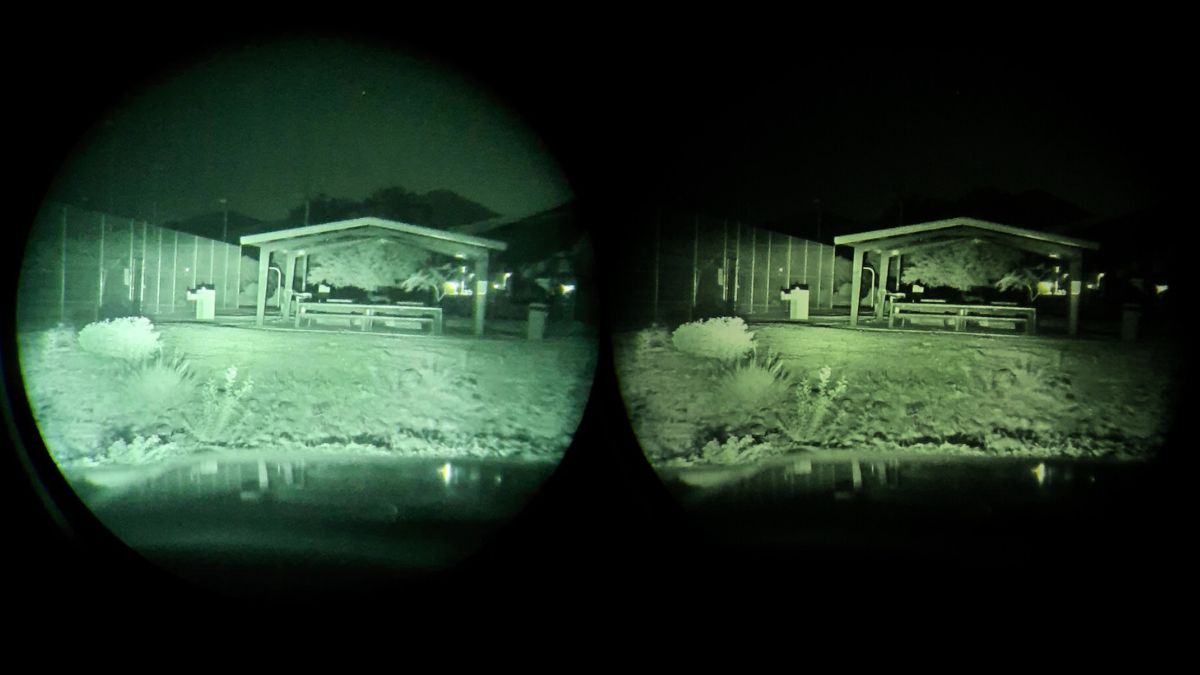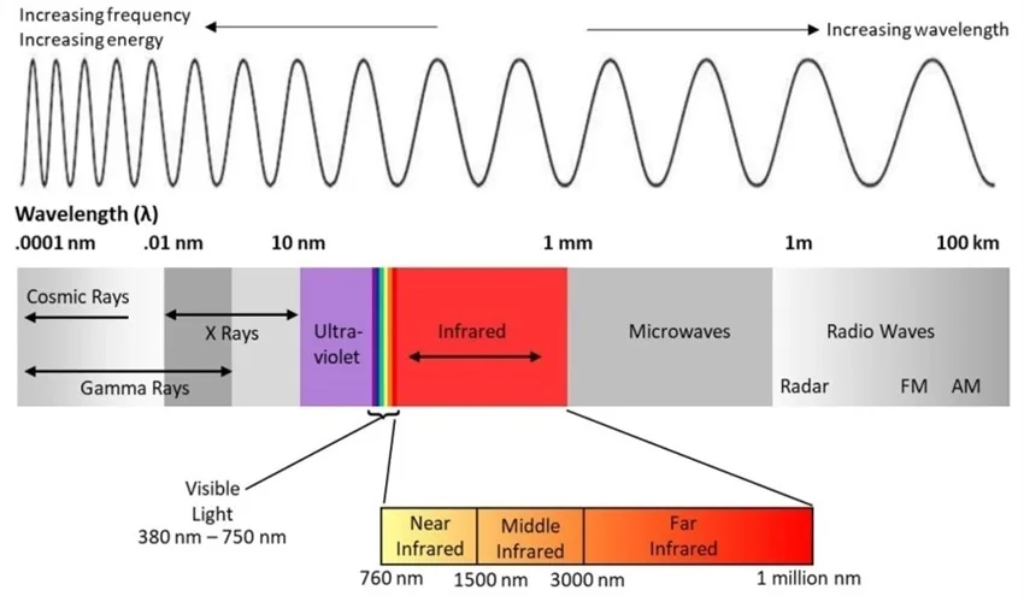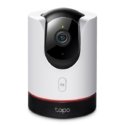
If you are interested in night vision devices, you may have come across the dilemma, 850nm vs 940nm. These are the wavelengths of infrared (IR) light that are commonly used to enhance the visibility of objects in the dark.
But what are the differences between these two wavelengths, and how do they affect the performance of your night vision device?
In this blog post, we will explain the advantages and disadvantages of each wavelength, and help you choose the best night vision camera for your home security requirements.
What is Infrared light?
Infrared light is a type of electromagnetic radiation that has a longer wavelength than visible light. It is invisible to the human eye, but it can be detected by special sensors or cameras. Infrared light can be emitted by various sources, such as the sun, stars, fire, animals, or artificial devices. Infrared light can also be reflected by objects, which makes them visible to infrared cameras.
Infrared LEDs are used in consumer goods like security cameras to produce infrared light, which illuminates the environment and improves picture quality at night. An IR LED, also known as an infrared light emitting diode, emits invisible light with a wavelength of 750 nm to 1 mm (Wikipedia). The most popular ones are 940nm infrared LED lights and 850nm infrared illuminators, which have different characteristics from one another.
Why use infrared light for Night Vision?
Night vision devices use infrared light to enhance the visibility of objects in low-light or no-light conditions. By shining an infrared light source (also called an IR illuminator or an IR torch) on the target area, the night vision device can capture the reflected infrared light and convert it into a visible image on a screen or an eyepiece. This way, you can see objects that would otherwise be hidden in the dark.

850nm vs 940nm – The differences
The main difference between 850nm and 940nm IR wavelengths is their visibility to the human eye. 850nm IR wavelength is very close to the visible spectrum, which means that it produces a faint red glow when emitted by an IR illuminator. This red glow can be seen by humans and some animals, which may alert them to your presence or scare them away. On the other hand, 940nm IR wavelength is completely invisible to humans and most animals, which makes it ideal for covert or stealth applications.
Tip: 940nm Infrared
The invisible nature of 940nm infrared wavelength is helpful in keeping an eye on sleeping babies to make sure they don’t get distracted by the infrared light.
Another difference between 850nm and 940nm IR wavelengths is their image quality and range. Generally speaking, 850nm IR wavelength provides better image quality and longer range than 940nm IR wavelength. This is because most night vision devices are more sensitive to 850nm IR wavelength than to 940nm IR wavelength. Also, 850nm IR wavelength has less atmospheric absorption than 940nm IR wavelength, which means that it can travel farther without losing its intensity.
Tip: 850nm Infrared
The 850nm infrared wavelength is suitable for outdoor cameras and also works better in walkways, big rooms etc. It increases the image quality and coverage.
The 850nm infrared illuminator is superior to the 940nm infrared LED because it covers 50% more area and has an illumination range that is two to three times higher.
850nm vs 940nm – How to choose the best IR wavelength for your Night Vision Camera?
The best IR wavelength for your night vision device depends on your specific needs and preferences. Here are some factors to consider:
- Covert or overt: If you want to remain unnoticed by your target or by other people, you should choose 940nm IR wavelength, as it is completely invisible to the human eye. However, if you don’t mind being seen or if you want to attract attention, you can choose 850nm IR wavelength, as it produces a slight red glow.
- Image quality or range: If you want to get the best image quality and range from your night vision device, you should choose 850nm IR wavelength, as it provides better performance than 940nm IR wavelength. However, if you are having trouble with red-glow LEDs and fine with lower image quality, you can choose 940nm IR wavelength.
- Compatibility: Before choosing an IR wavelength, you should check if your night vision device is compatible with it. Some night vision devices may not work well with 940nm IR wavelength, as they are not sensitive enough to detect it. You should also check if your IR illuminator has an adjustable power output, as some night vision devices may get saturated or damaged by too much infrared light.
Here’s a table summarizing the key differences:
| Feature | 850nm | 940nm |
|---|---|---|
| Visibility | Faint Red Glow | Invisible |
| Range | Longer | Shorter |
| Camera Compatibility | Most NIR cameras and night vision devices | Requires high sensitivity specific cameras |
| Lifespan | Longer | Shorter |
| Applications | Security Cameras, Night Vision Goggles, Facial Recognition, Automotive Sensors, Medical Imaging | Covert Surveillance, Baby Monitoring, Pet Monitoring, Touch Screen, Proximity Sensing, Blood Oxygen Detection, Biometric Identification, Vein Imaging |
Best Dual IR Camera
TP-Link Tapo C225 is one of the best AI based Home Security camera that comes with Starlight Image Sensor and Dual Switchable IR illuminators (850nm and 940nm).
Tapo C225 4MP Pan/Tilt AI Home Security WIFI Camera (Starlight Sensor) Smart Choice
Check more cameras here -> Smart Cameras
Final thoughts
In short, 850nm IR wavelength provides better image quality and range, but it also produces a faint red glow that can be seen by humans and some animals. 940nm IR wavelength is completely invisible to humans and most animals, but it also has lower image quality and range than 850nm IR wavelength.
The option that is best for you will ultimately rely on your individual requirements and priorities. Think about things like the necessary range, degree of discretion, and equipment compatibility.





I was looking for a camera like this. Thanks for the advice.